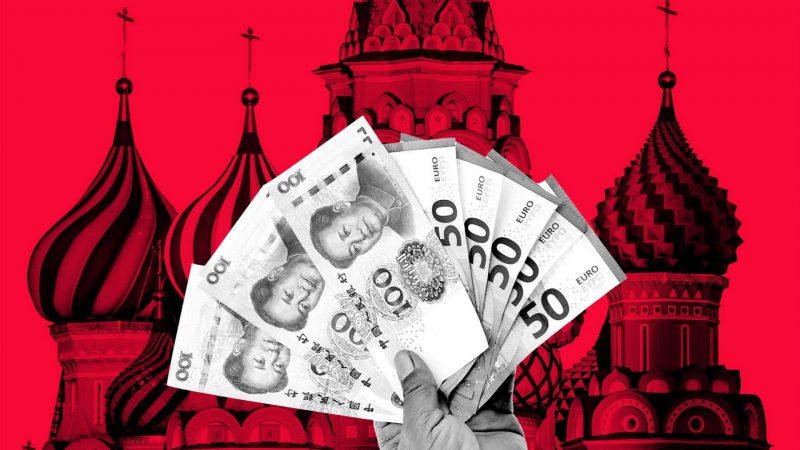Chinese banks are intensifying their efforts to encourage the usage of the Yuan in international trade, especially in Russia and the Middle East. Moreover, their efforts seem to be working as many of them are reporting a surge in Yuan usage in cross-border trade.
Harbin Bank Co, located in the Heilongjiang province of China, which borders Russia, reported a nine-fold increase in Yuan trade last year. In 2022, total assets at the Moscow subsidiaries of China Construction Bank increased by 3.3 times. Meanwhile, those in the Agricultural Bank of China grew 1.4 times.
The surge in trade with Russia using China’s national currency began right after Western sanctions took a toll on Russia. China has seen an increase in trade with Russia after the latter began its invasion of Ukraine.
Chinese Yuan poised to continue growing, amid increased business with Russia
Executives from the Harbin Bank, Wang Jiehua and Qiao Liqun, recently published an article in a journal linked to the Chinese central bank. The executives stated that “China should prepare for the worst-case scenario of being excluded from SWIFT.” They further added that the country should “actively promote cross-border use of the Yuan.”
They argued that Heilongjiang should serve as a launchpad for the internationalization of the Yuan. Moreover, the executives said that China should take advantage of the chances presented by the sanctions imposed by the West against Moscow.
China is also working on the Cross-border Interbank Payment System (CIPS), as an answer to SWIFT. Many banks are actively promoting the platform. The Bank of China, the largest CIPS facilitator in terms of market share, unveiled an ambitious plan for yuan internationalization last month. The Yuan has slowly become a central currency in international trade. However, the U.S. Dollar still has the highest amount of trade conducted. As per reports, almost 88% of international traders use the U.S. Dollar, while only 7% use China’s Yuan.





